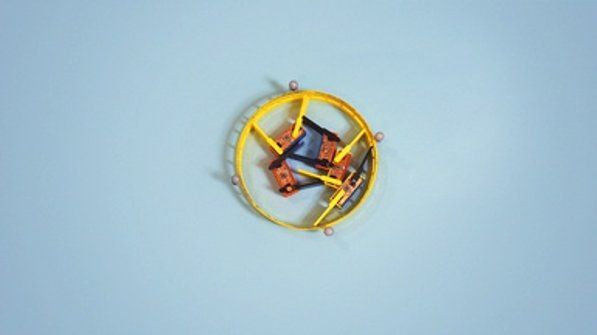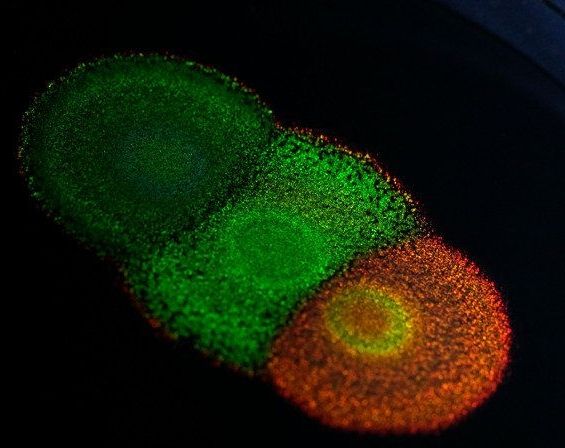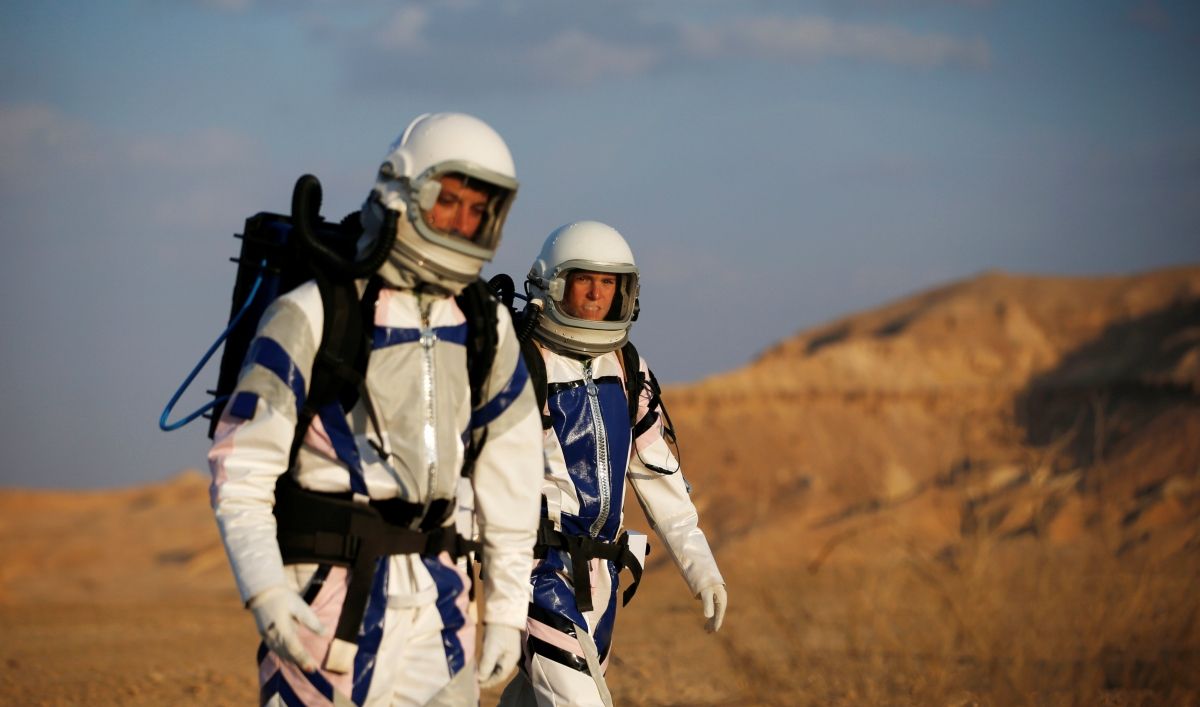Team paves the way for cancer immunotherapy demonstrating a novel technique that attacked tumors and inhibited cancers from spreading.
Summary: Team paves the way for cancer immunotherapy with a novel technique that attacked tumors and inhibited cancers from spreading. [This article first appeared on LongevityFacts. Author: Brady Hartman. ]
While cancer immunotherapy is a powerful treatment for some types of tumors, up until now, it hasn’t worked well on colon cancer.
However, a team of researchers in Barcelona just showed a new technique that allows the immune system to recognize and begin fighting the tumor in mice. The treatment was so successful that it inhibited the tumors from spreading, or metastasizing to other parts of the body – as cancer is prone to do. Moreover, for those cancers that had already spread, the treatment enabled the immune system to eliminate them quickly.







